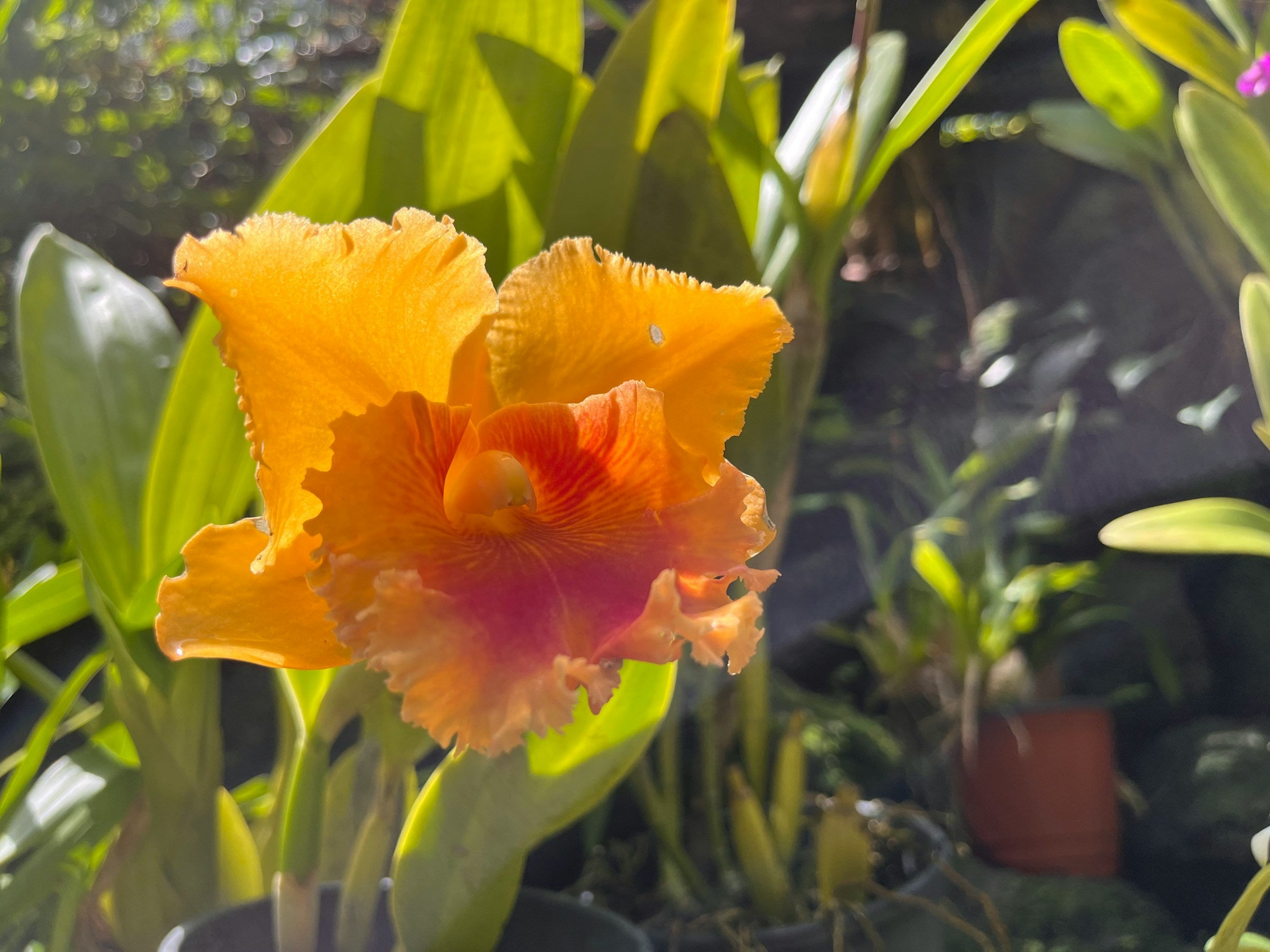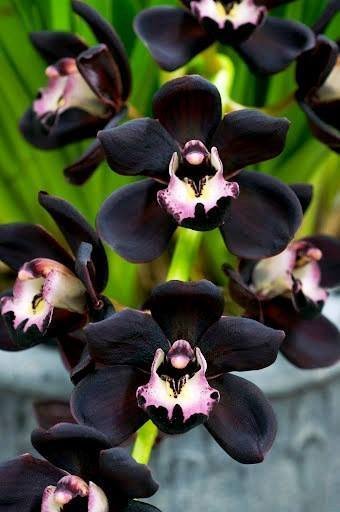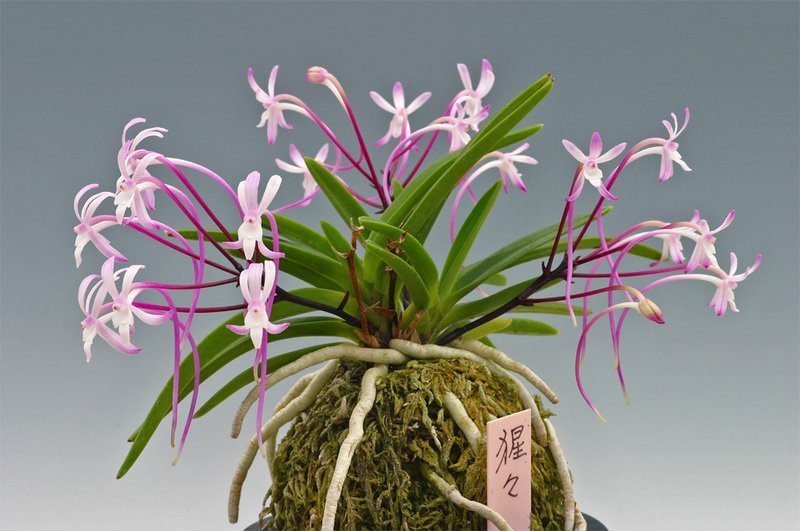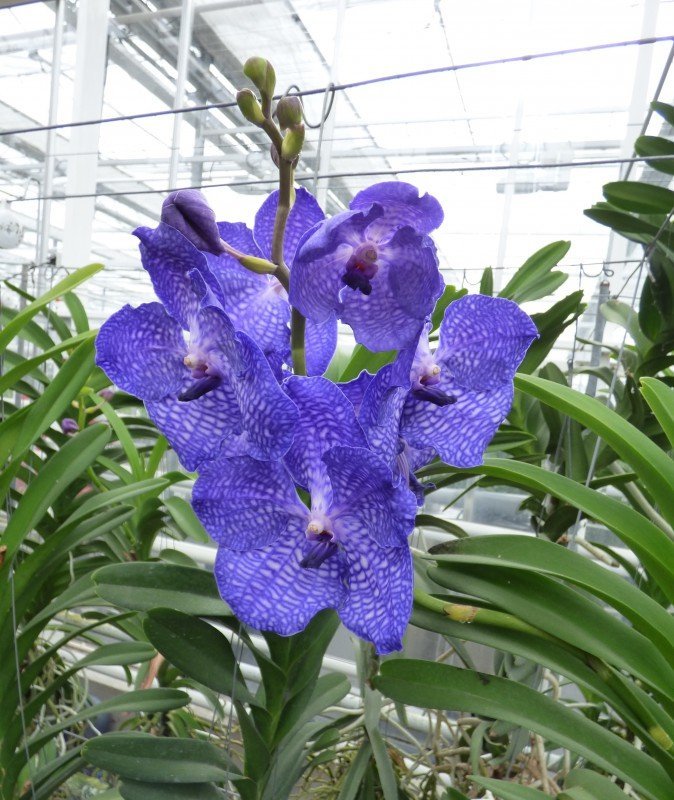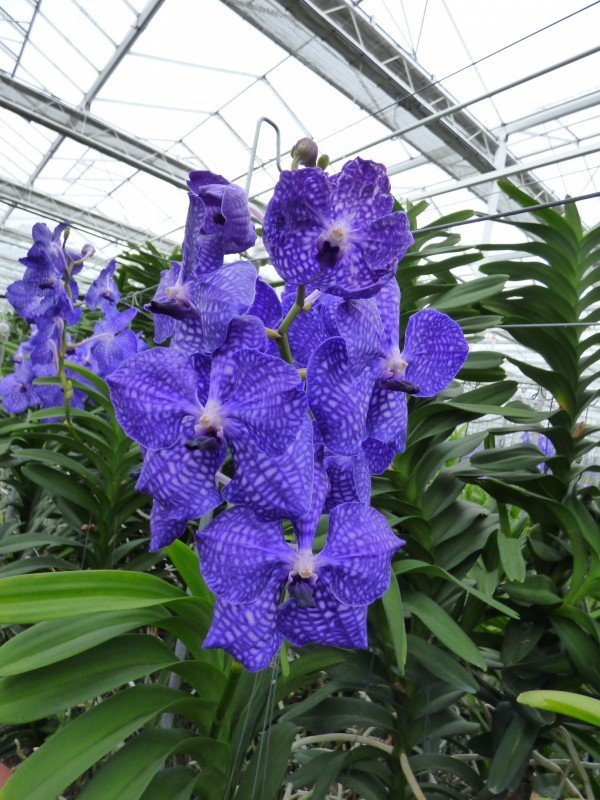Many low-quality orchid feeds contain only the minerals Nitrogen (N), Phosphorus (P) and Potassium (K). This is stated in an NPK ratio on the package. Although these are the most important minerals, an orchid benefits from much more than just these minerals. We have listed the most important minerals and small explanations of their function to make your orchid even more beautiful!
Most important minerals: The big 6
The six most important minerals found in good quality nutrition for the orchid are Nitrogen (N), Phosphorus (P), Potassium (K), Magnesium (Mg), Sulfate (S) and Calcium (Ca).
Other important minerals: The small 6
A total of 12 minerals are minimally required in plants for optimal growth. Of these, six are needed in larger amounts and six in somewhat smaller amounts. These minerals are Iron (Fe), Manganese (Mn), Copper (Cu), Zinc (Zn), Boron (B) and Molybdenum (Mo).
Other substances in the plant
Other substances present in large quantities in the plant, but not or not fully proven to contribute to plant growth, are Chlorine (Cl), Sodium (Na), Silicon (Si) and Aluminum (Al). Chlorine, along with Calcium, is essential for the photodissociation (a chemical decomposition reaction, in which a molecule breaks apart by absorbing a photon) of water. This occurs during photosynthesis, in which oxygen is produced by the plant. In turn, sodium in small amounts has a positive effect on the plant's water balance, but in large amounts it may be detrimental to plant growth and development. The impact per species of plant can be different. So sodium may help a plant retain water longer in dry conditions. Silicon might well have a positive effect on plant growth because it can ensure that more Phosphate is available to the plant. With phosphate deficiency, a crop's growth and development stagnates.
What does Nitrogen do to the orchid?
Nitrogen contributes to optimal photosynthesis and promotes plant growth. It is essential for the development of proteins and DNA in the plant. Nitrogen deficiency can lead to yellow leaves, but excess nitrogen can lead to disease susceptibility and a thinner cell wall (this can be linked). The leaves often become large and darker in color, as well as limp. In addition, the plant may become susceptible to fungi and bacteria due to the moist composition of the leaves.
What does phosphorus do to the orchid?
Phosphorus ensures guarded root growth and is also extremely important in seedling growth. Phosphorus is very important in the formation of proteins and the orchid's DNA. The element forms a compound with oxygen: phosphate. In the absence of Phosphate, plant growth stagnates.
What does potassium do to the orchid?
Potassium ensures proper development of the crop. It is an important element for the processes of photosynthesis, production and transport of carbohydrates, energy supply and moisture management of the plant.
Dosage and results
The correct dosage and nutrients of an orchid are of extreme importance. Make sure the 12 most important elements are in the nutrition in the right proportions. That way, you'll be one step closer to finding the perfect nutrients for your orchid. That way, you can enjoy the most beautiful flower colors and good growth of your precious tropical plant.

